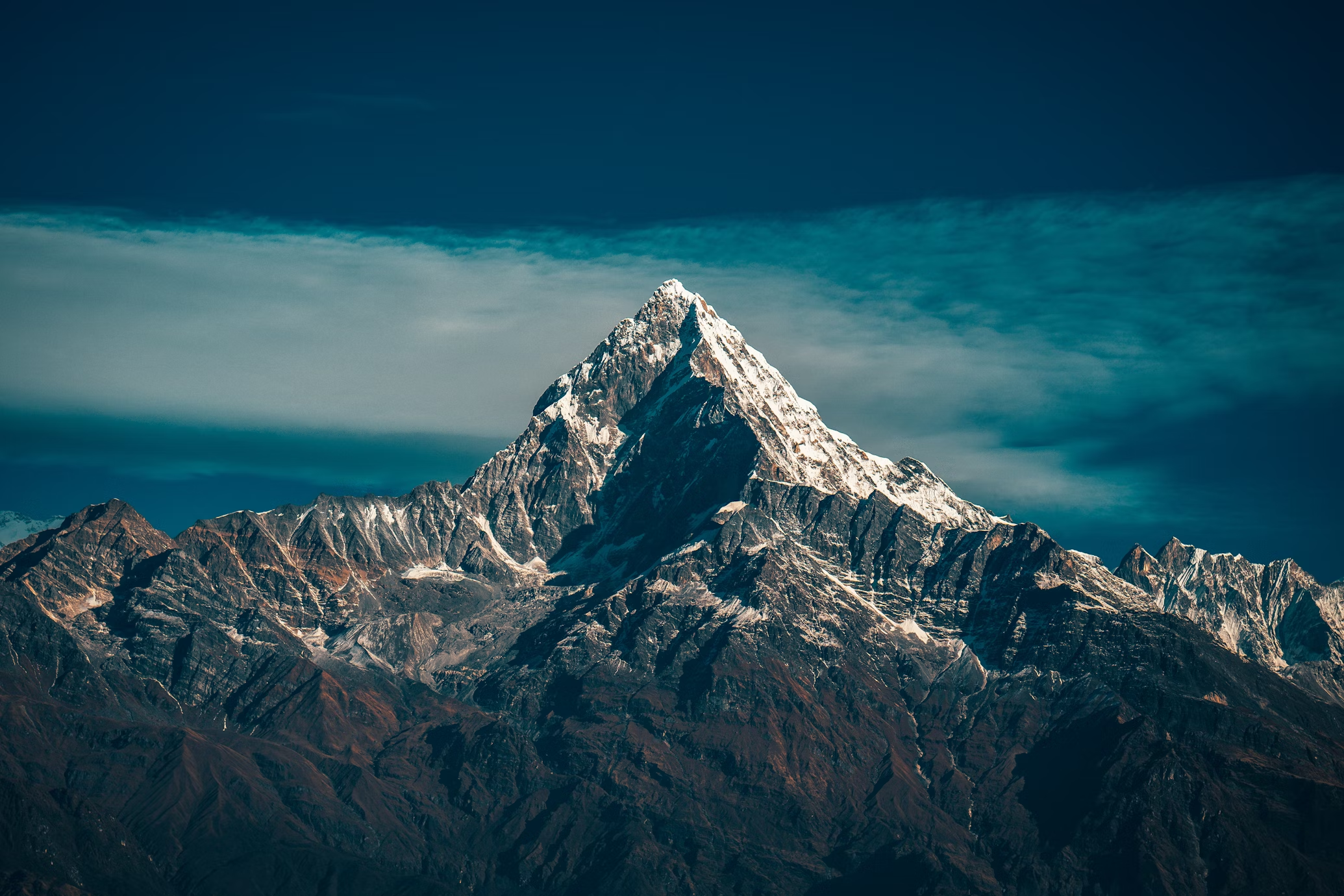
Introduction
Khumbu region of Nepal is a dream place for trekkers from across the world. From Mount Everest, the highest peak in the world, there are not only towering mountains but also rich Sherpa culture, ancient monasteries, and beautiful landscapes. Here trekking is for everyone, ranging from the well-known Everest Base Camp to Gokyo Lakes, be it an amateur trekker or an expert. With varied terrains, breathtaking views of the sunrise, and warm hospitality from the locals, trekking in the Everest region’s majestic mountains guarantees a lifetime of memories. We will cover the best trekking routes in the area in this blog, providing ample information to help you choose your way through the Himalayas.
- Everest Base Camp (EBC) Trek
The Everest Base Camp trek is the most famous and prestigious trek in Nepal. The trek starts at the bustling airport in Lukla and goes through beautiful Sherpa villages that include Phakding, Namche Bazaar, and Tengboche. Trekkers then ascend to Everest Base Camp at 5,364 meters, an office for climbers prospecting to be the first to the summit of the highest mountain in the world. The trek is colored with faraway monasteries, colorful prayer flags, and warm hospitality rendered by the Sherpa people.
It is a must-do trek to schedule a sunrise hike to Kala Patthar (5,545m), an unrivaled vantage point for breathtaking views of Mount Everest.
Another highlight of the EBC trek is the Tengboche Monastery, which is the largest monastery in the Khumbu region. The view of Ama Dablam and Everest is breathtaking! Namche Bazaar is an important acclimatisation stop and a hub of culture, with cafes, gear shops, and museums. This trek lasts for around 12 to 14 days and is fit for all trekkers with an intermediate fitness level. Accommodation and food are conveniently available in teahouses established along the trail, providing a comfortable option for the otherwise demanding journey.
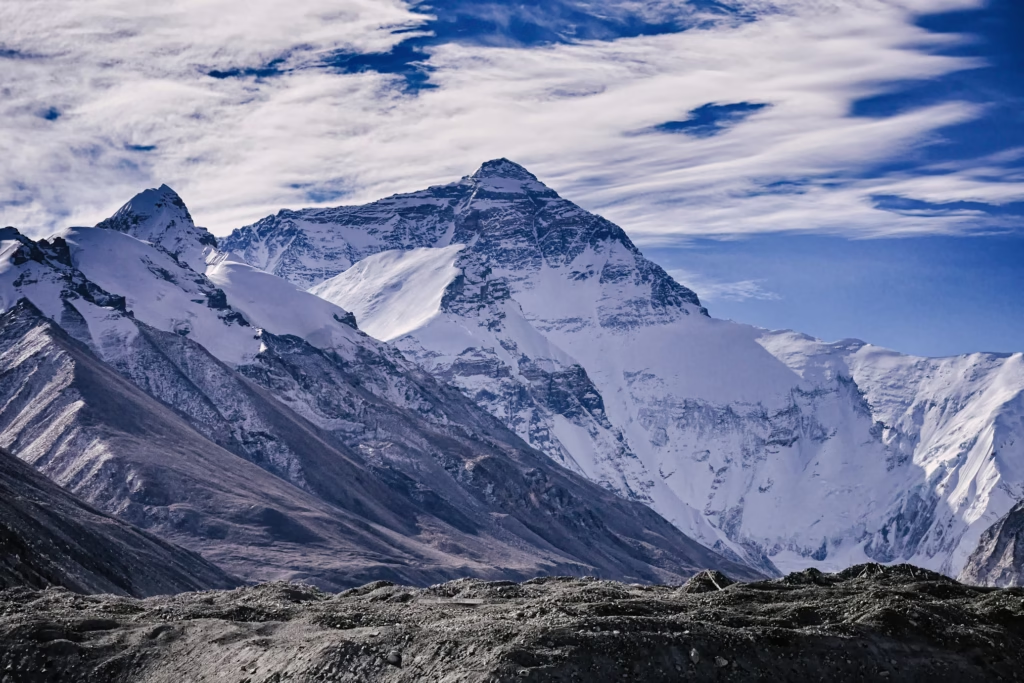
Following closely in the footsteps of the Sagarmatha National Park, a UNESCO World Heritage Site, the trail track would become a wildlife sanctuary in its own right, allowing trekkers sights of Himalayan wildlife like as musk deer or even colourful pheasants. Glacial rivers, suspension bridges, and rugged terrain make every step an adventure on the Everest Base Camp Trek. Despite it being perceived as one of the most difficult treks with high altitude, the Everest Base Camp trek leaves you with unforgettable memories and a feeling of satisfaction. It’s a cultural and natural experience that embodies the best of the Himalayas.
2. Gokyo Lakes Trek
Gokyo Lakes Trek is a quieter option compared to the Everest Base Camp trail and is ideal for quite an escape with beauty. The trail starts from Lukla and takes a different route after Namche Bazaar through the turquoise Gokyo Lakes, a series of six glacial lakes lying among snow-capped soaring peaks. The icing on the cake is the climb to Gokyo Ri (5,357 m) from where there are phenomenal views of Everest, Lhotse, Makalu, and Cho Oyu. The entire blue lake-water glinting with sunlight, resembling a magic wand outside, looks picturesque surrounded by glaciers on the other side.
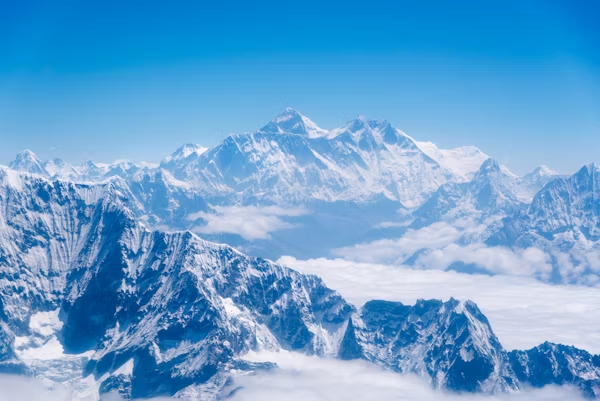
Another prime attraction is the Ngozumpa Glacier, the largest glacier in Nepal. Trekkers traverse the edge of this glacier to arrive at their destination and feel nature’s wrath. Comparing the EBC trail, the Gokyo valley was far more tranquil, allowing you to forge an even deeper bond with the scenery. Small Sherpa villages like Dole and Machhermo offer insight into local life and make for ideal acclimatization stops. It will take about 12 to 14 days to complete the trek, making it suitable for moderate-to-high fitness level trekkers.
This trek also has the chance to spot endangered species like the snow leopard and red panda; having said that, if you have good luck. With crystal-clear skies, Gokyo is a photographer’s paradise, especially with the mirror-like reflection of peaks in the lakes. Adventure and relaxation are found in the trail, attracting nature lovers and those wanting an off-the-beaten-path experience. You can also combine this route with the Cho La Pass to join the EBC trail for a more comprehensive trek. Overall, Gokyo Lakes trek is an underrated gem in the Khumbu region.
3. Three Passes Trek
Moving on to the last of the treks for any true adventurer wanting to assess the whole of the Everest region, it is the Three Passes Trek. It encompasses the three passes of Kongma La (5,535 m), Cho La (5,420 m), and Renjo La(5,360 m), each with stunning scenic views and breathtaking adventures. It links the Everest Base Camp trek to Gokyo Lakes and adjoining valleys, thus giving trekkers whole Khumbu region exposure. Relatively above 5,000 meters altitude, this trek tests your physical fitness, mental toughness, and acclimatization.
Each pass entails the diversity of landscape viewed out into the Himalayas. The path is frequented by many trekkers beginning in Lukla, passing through Namche Bazaar, Chhukhung, Lobuche, and Gokyo, allowing trekkers to go to Everest Base Camp, then Gokyo Ri, and then onward back to several high-altitude villages all in one go. An adventure completed by the more incredible mixture of landscapes from icy passes to alpine meadows and glacial lakes. This trek would take 18 to 21 days and is more suited for experienced trekkers having done previous high-altitude trekking.
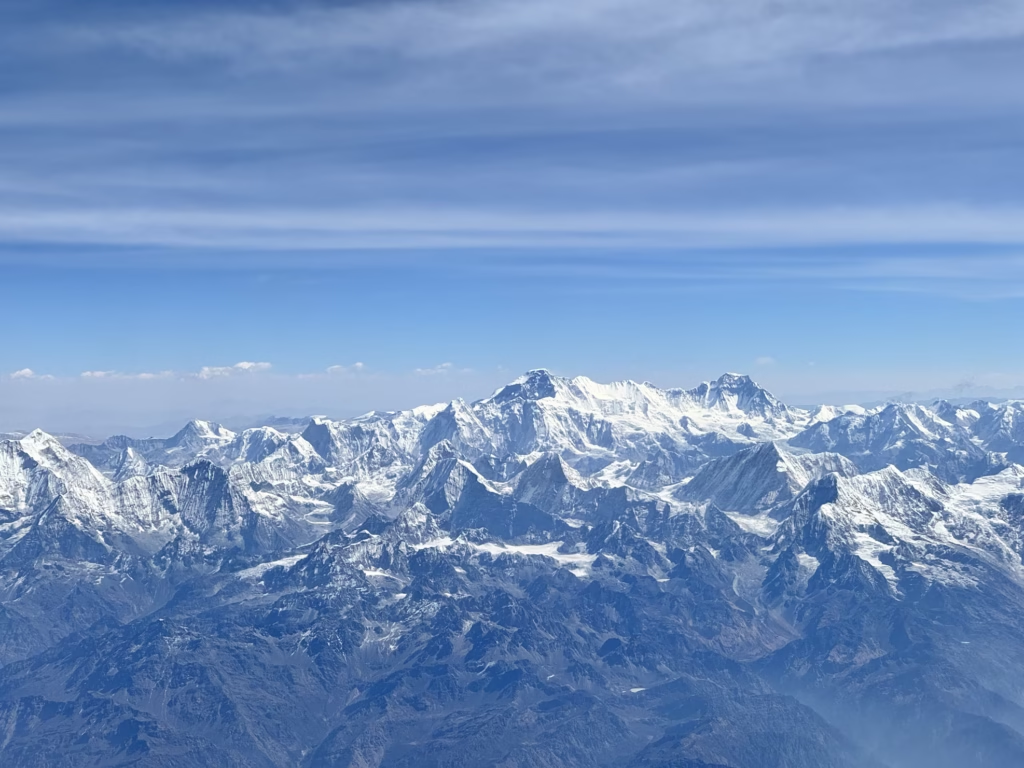
While this one is deemed the most challenging trek in the Everest region, the views reward all. On high passes, one is less likely to run into other tourists, allowing for a more intimate and raw trekking experience. On your way, witness dramatic shifts in scenery with resilient mountain communities and start an appreciation for the forces of nature. And accommodation in teahouses with local culinary treats only enriches the cultural experience. For any serious trekker, it’s a rite of passage across the Three Passes Trek.
4. Everest View Trek
The Everest View Trek is an ideal trek if time is limited or if you are a novice to embarking on treks. This shorter trek would lead you to Namche Bazaar and nearby villages to witness wonderful views of Everest without the strenuous hike to base camp. Sherpa culture, ancient monasteries, and warm teahouse accommodation can be enjoyed in 5-7 days. The highlight all along this trekking route is the illustrious Hotel Everest View, which rests at 3,880 meters, famously known as the highest hotel in the world, with views of Everest right from your window.
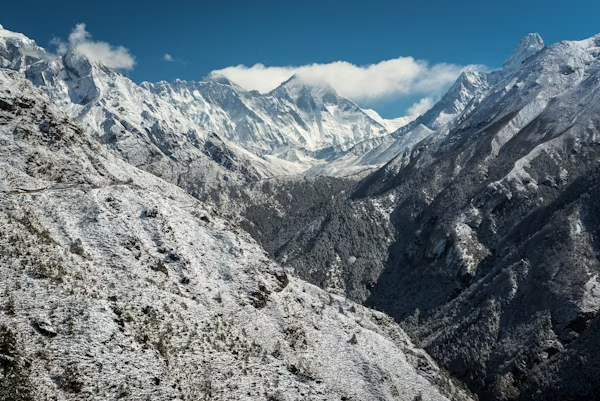
The trek begins at the Lukla airport and follows the EBC route until Namche Bazaar. Trekkers can venture towards Khumjung and Syangboche for broad views as well as cultural experiences. Tengboche Monastery is another optional visit, giving a spiritual vibe with sights of Ama Dablam. Even if the trek is short, the scenery still varies very much from forested paths, suspension footbridges, and ridgelines. It is a suitable trek for families, beginners, or for anyone in search of an easy-laying hike through the Himalayas.
This trek also provides sufficient opportunities for cultural interactions with the locals, Sherpas, and availing themselves a glance at the small villages. Colourful prayer flags, Mani walls, and chortens all part of Khumbu daily life will be seen. Elevation is another concern for casual trekkers; hence, it is a safer option. The Everest View Trek proves you do not have to walk all the way to base camp to enjoy the beauty of the Everest region. It is short, sweet, and worth remembering!
5. Pangboche and Ama Dablam Base Camp Trek
Stunning and unraucous views attract people to the Pangboche and Ama Dablam Base Camp trek. This trek wonderfully connects Lukla to the quaint Pangboche village, established as a comparatively old Sherpa settlement center in that area. The base camp of Ama Dablam, which many consider one of the most beautiful mountains in the world, is the final point of the trek. It has the steepest faces and sharpest ridges, which is simply awe-inspiring.
his trek leans slightly off the beaten path, which means that it is very peaceful and offers a genuine cultural experience. An ancient monastery located in Pangboche is thought to have a Yeti scalp inside it, which mythically charms such a journey. Consequently, trekkers will be able to spend their time exploring some traditional Sherpa houses as well as understanding their Buddhist practices. The level of difficulty for this trail is moderate, and it would take about 10 to 12 days, thus making a great option for trekkers wanting adventure culture immersion.
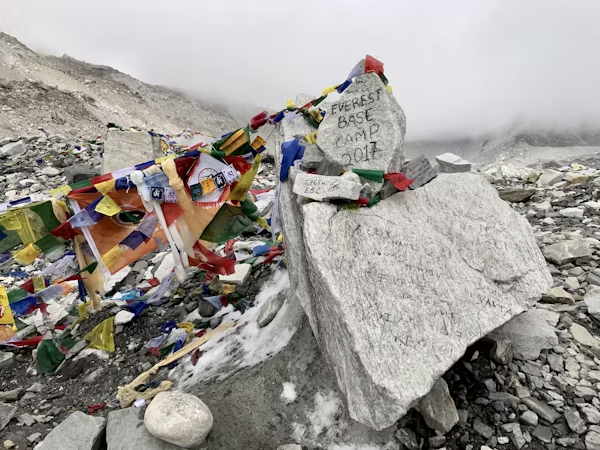
It is a great opportunity for acclimatization when someone is trying for longer treks, because it takes you now straight to the base camp of Ama Dablam. It is also good for photographers, who will appreciate these dramatic, golden hour light landscapes across the Himalayas. You will see different vegetation zones and witness the whole mountain panorama, not at the gate-crashing level of the major trails. The trek to Pangboche and Ama Dablam Base Camp is ideal for those really wanting a unique, soulful Himalayan journey.
Bonus Spots to Explore
While the top trekking routes get all the fame and glory, the various hidden gems in the Everest region sure present an amazing alternative. Thame happens to be one such place: an isolated Sherpa village, the birthplace of Tenzing Norgay-the first man to conquer Everest with Edmund Hillary. It is an exceptionally enticing place off the beaten path for those trekking to Renjo La Pass, allowing one to delve deeper into interesting cultural insight and see far fewer tourists.
Another little-known village, Phortse, has amazing vistas of the Ama Dablam and a pristine Sherpa lifestyle. It stands away from the busy EBC trail, creating an environment that is tranquil and unspoiled. Trekkers can also pay a visit to Monjo, where the entrance to Sagarmatha National Park is located. A tranquil village, it can also serve as a great area to acclimatize or relax before heading up into higher elevations.
Those extra-off-the-beaten-path locations are perfect for any traveler’s needs in escaping the crowds and delving further into Sherpa culture and Himalayan beauty. Side trips can be added with options to integrate these areas into longer treks if the scheduling permits. With a beautiful view and incredible local hospitality, these areas only add picturesque beauty to the Everest trekking journey.
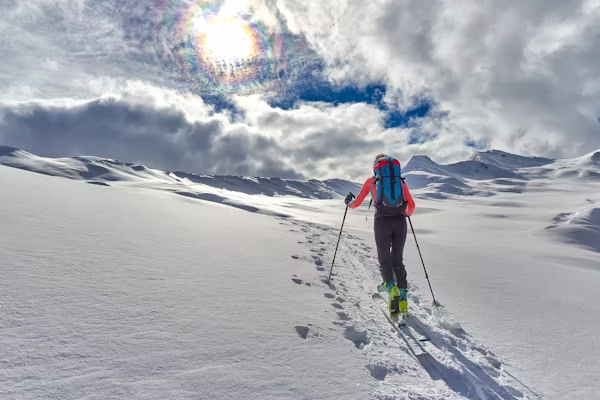
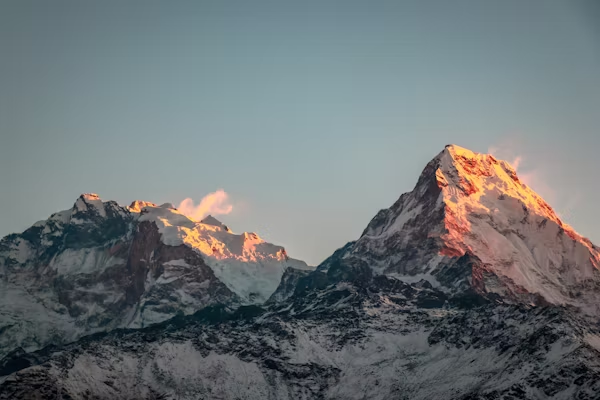
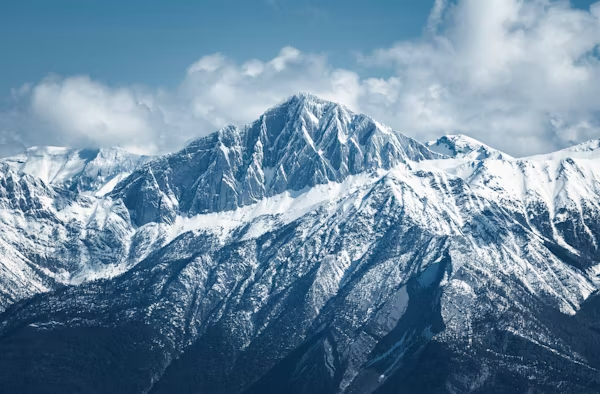
Conclusion
Trekking is not only a great adventure but also a great experience across the stunning landscapes that grace the earth in the Everest region. Be it the well-known but crowded Everest Base Camp trek or the quieter route to the breathtaking Gokyo Lakes and the strenuous trek over Three Passes, the region has the right route for every kind of trekker. From the most rugged mountains to rich cultural diversity and excitement from trail walking, Khumbu has it all. The well-established routes, hospitable people, and deep spiritual roots make each step in this region unforgettable. Start working on your trek, and get ready to witness the magic of the Himalayas yourself!
In fact, trekking is not just an adventure but a journey over some of the most glorious landscapes on earth in the Everest region-from the well-known but crowded Everest Base Camp trek to the quieter route to the breathtaking Gokyo Lakes and the strenuous trek over Three Passes. This place will have the right route for every kind of trekker. Mountains are not the only reason-dive into culture or just enjoy the thrill of trekking. Khumbu has it all. With well-established routes ad friendly locals and a rich spiritual heritage, every step is unforgettable here. Plan your trek and witness the magic of the Himalayas for real.
Not just an adventure, trekking involves a journey through the most beautiful in all the adaptations of landscapes on earth, which is the Everest region. From the famous Everest base camp trek to the quieted route to the breathtaking Gokyo lakes and then finally the strenuous trek over three passes, the region has a correct route for every type of trekker. Mountains aren’t the only things to interest, but culture as well, or the thrill of just being on the trails-Khumbu has them all. The well-laid-out routes, welcoming people, and deep spiritual roots all make every step of the place unforgettable. Get trekking organized and experience the magic of the Himalayas for real.

